Lights Beach is a deal less than half an hour’s easy drive west, from Denmark.
Lights Beach car park sits just outside the eastern boundary of William Bay National Park.
The featured image and the one below were both taken from just below the car park’s edge; the wider-angle view looks south, whilst the one above looks west, along the National Park’s shoreline.
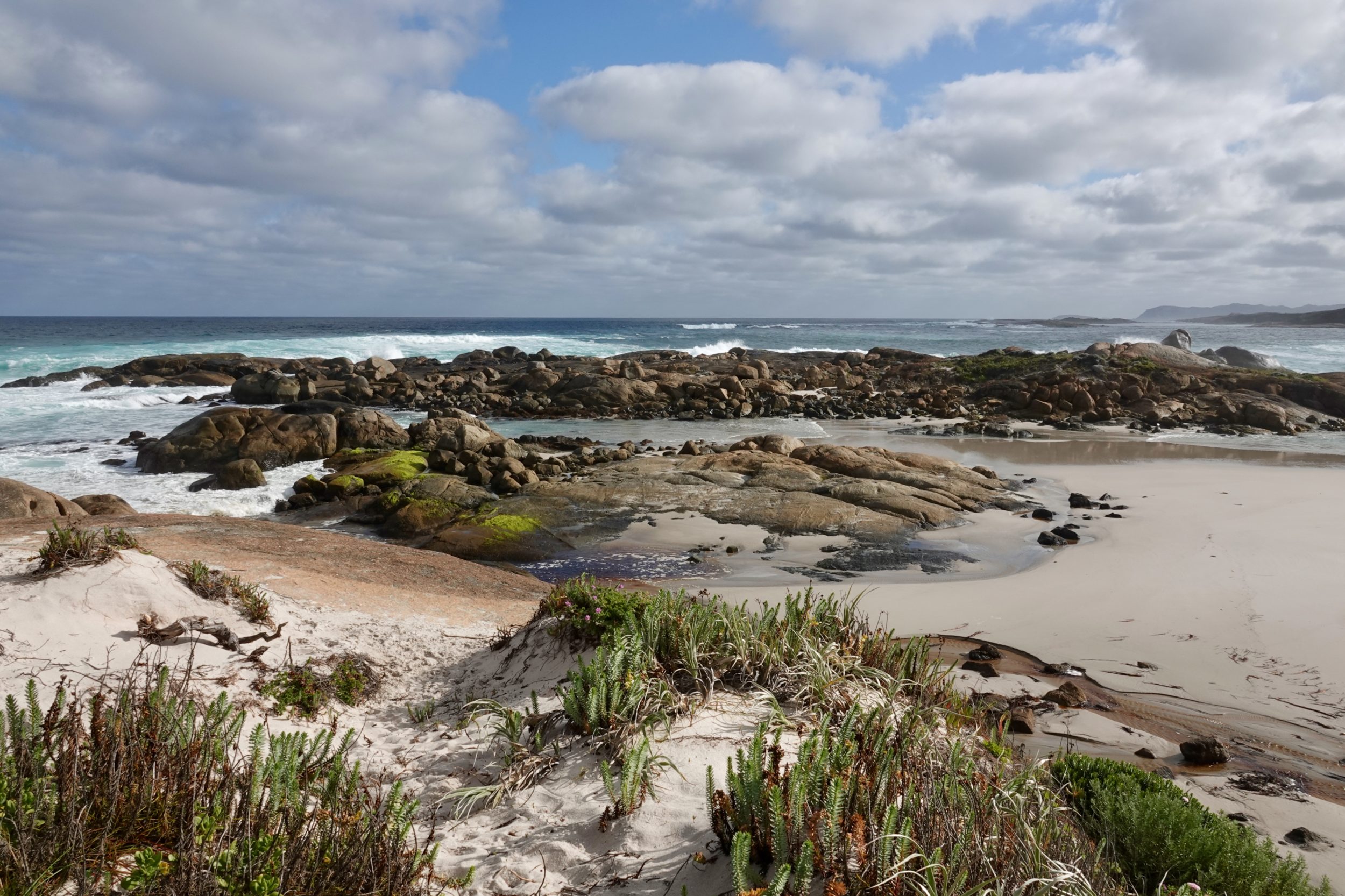
For much of 2020, most of William Bay National Park was closed, owing to a major “upgrade” which took enormously more time to construct than had been anticipated.
The “upgrade” – now largely completed – primarily involved the provision of very much more car parking space and more generous “facilities” for visitors to Greens Pool and Elephant Rocks.
Madfish Bay (see #4 in this series) also gained extra parking and upgraded “facilities”, and it has, I think, now been rendered more “visible”.
Whilst the “upgrade” proceeded/stalled for many moons, all of the aforementioned locations were entirely “off limits” to tourist vehicles.
However, walkers who entered the National Park via Lights Beach were permitted to proceed as far as Madfish Bay, then return.
Even now that William Bay is “open” again, it is well worth taking that return walk – definitely, from Lights Beach to Waterfall Beach – and, maybe, then on to Madfish.
The walking is easy, and the bushy bits are as rewarding as the beach section.
If you only walk to-fro Lights-Waterfall, a three hour “window” would be ample.
The relevant waterfall is decidedly modest. (although it does offer bracing bathing for persons hardier than yours truly)
However, its tannic, mineral-rich waters “carve” and “paint” the beach, beautifully.
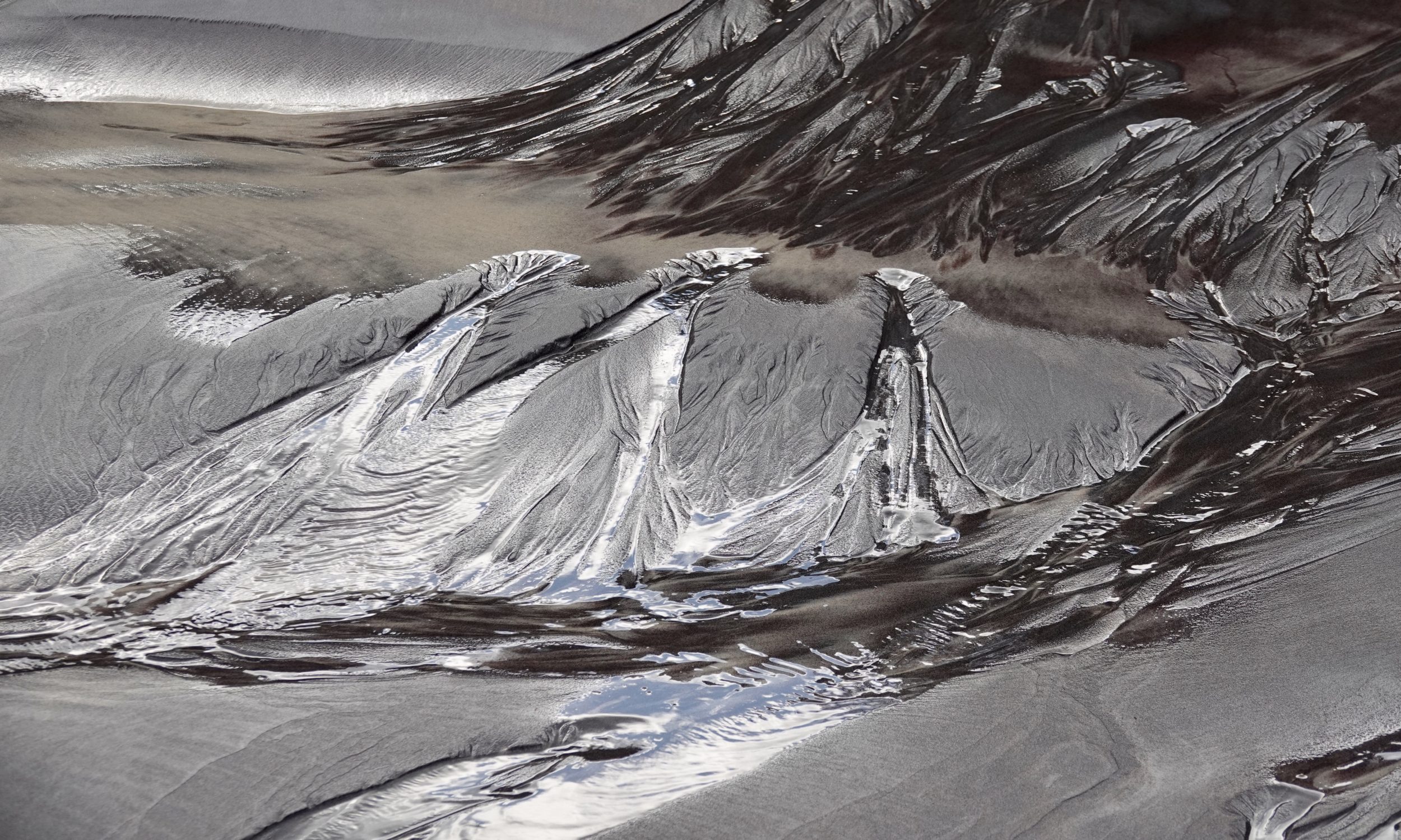
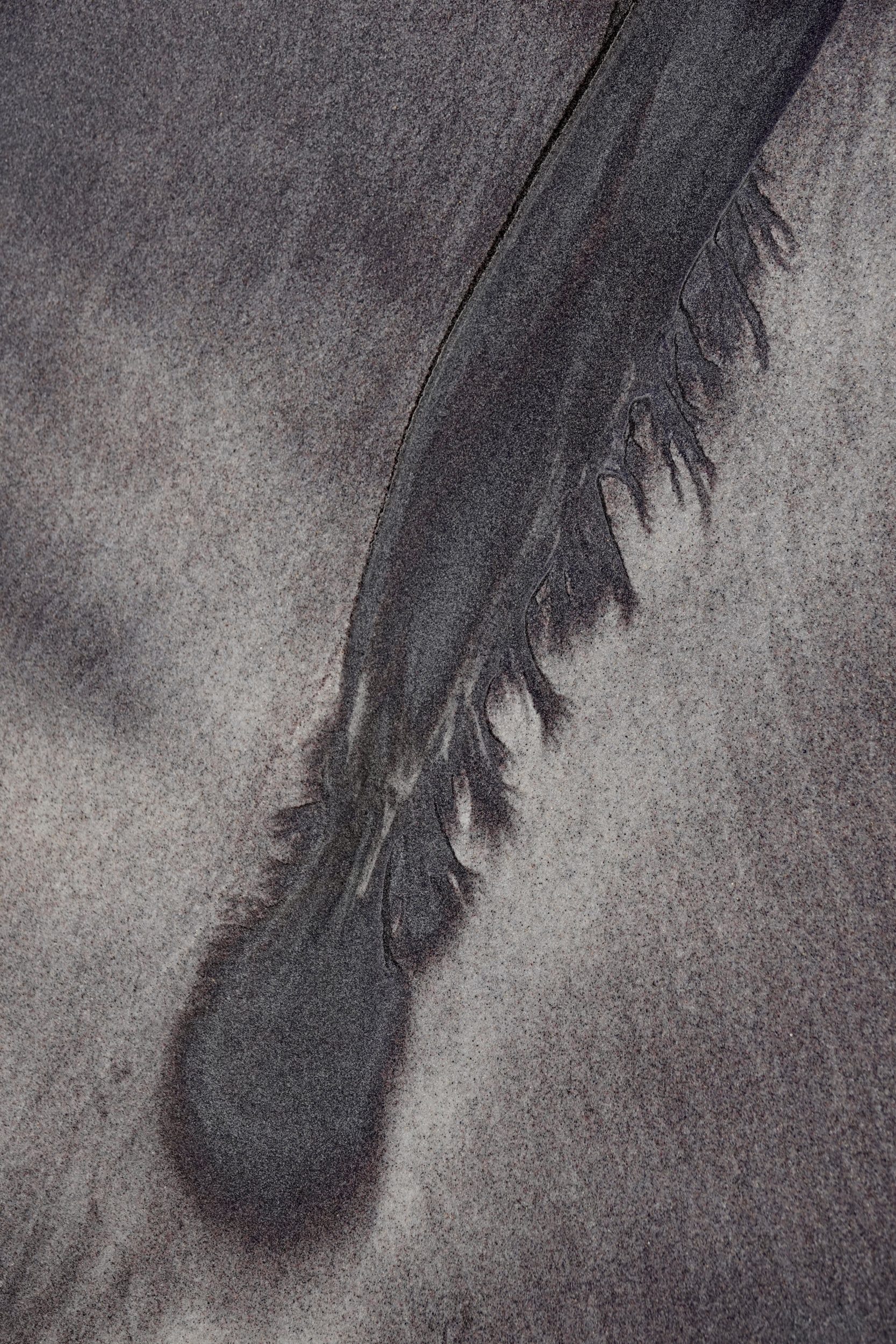
The shoreline’s edges are equally rewarding – and sometimes, surprising – on their sea-fringing and their bush-fringing sides.
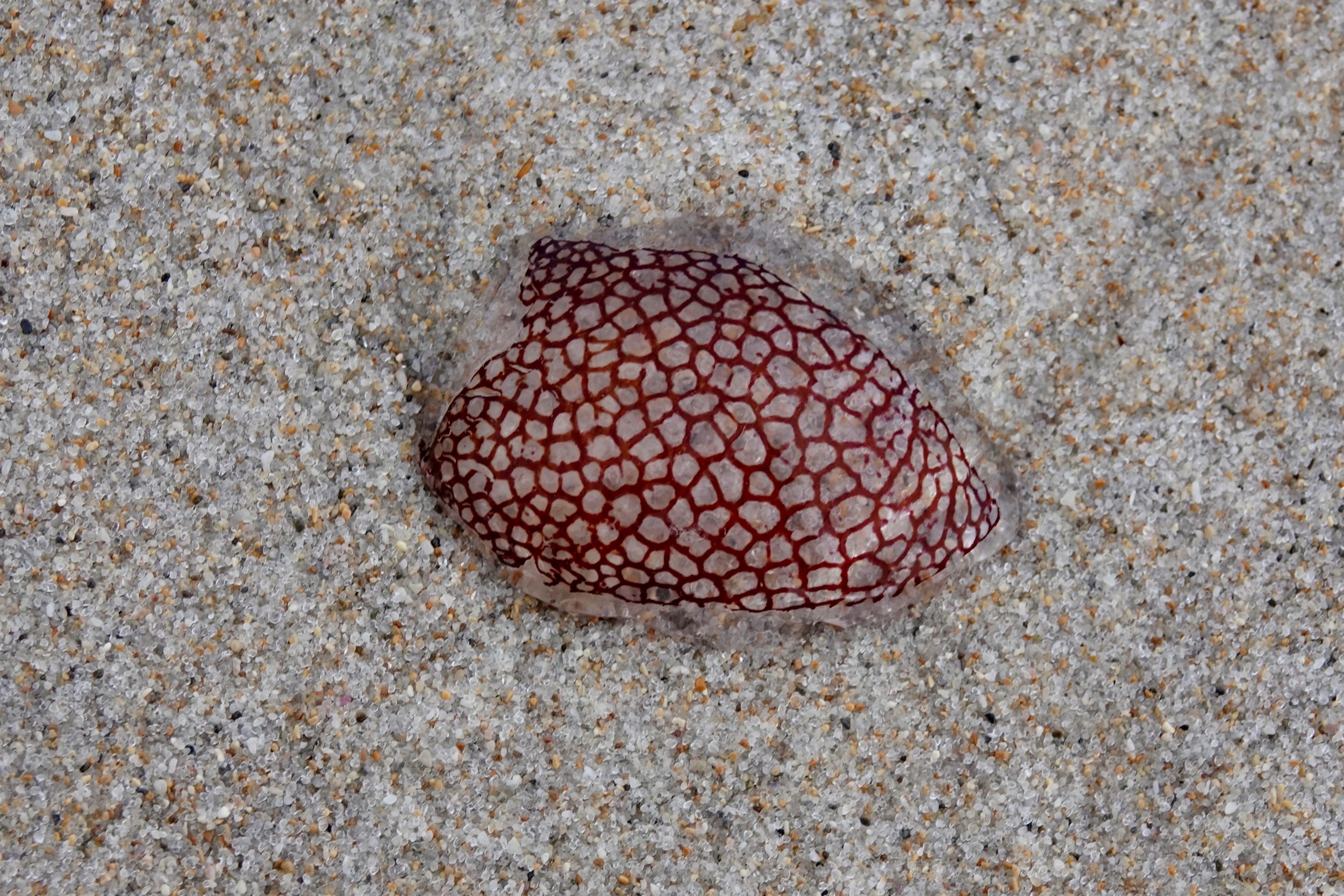
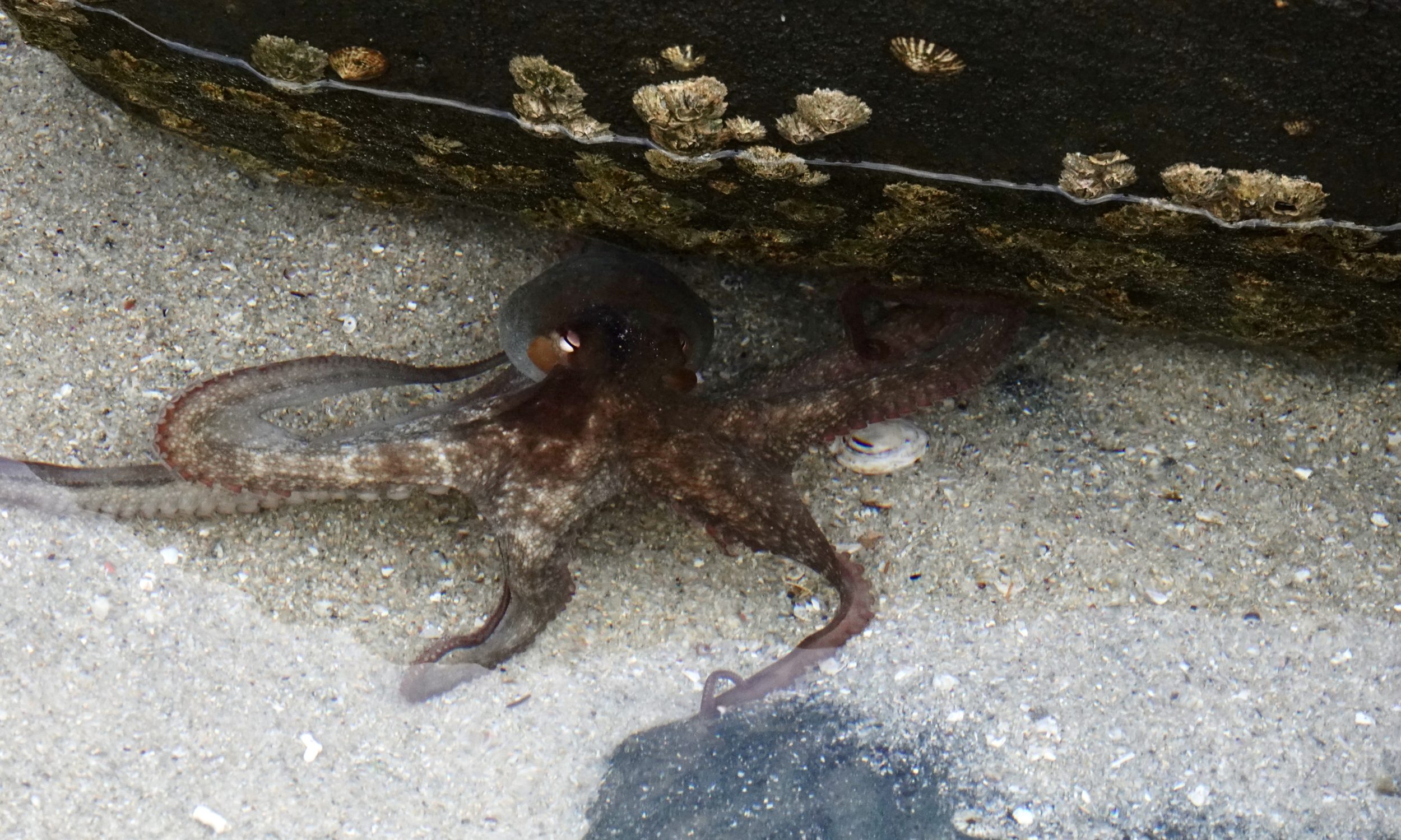
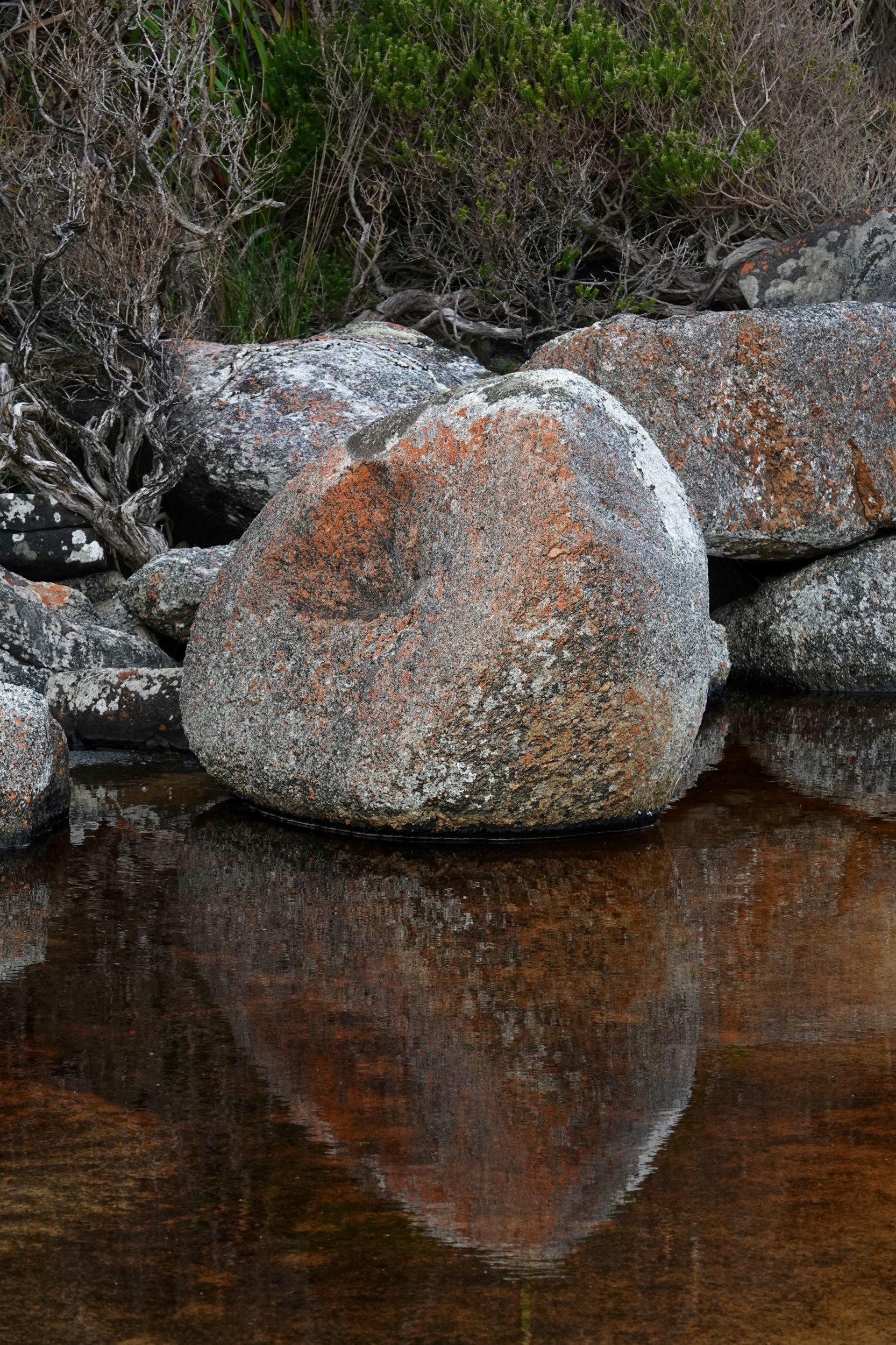
One piece of hard-earned advice: do not believe your eyes if they tell you “it looks like we can safely beach-walk and rock-hop all the way back from Waterfall Beach to Lights Beach car park”.
Yes, you should explore the shoreline, but you should return-walk via the (much safer) bush path.
In Spring, expect to see quite a few of these:
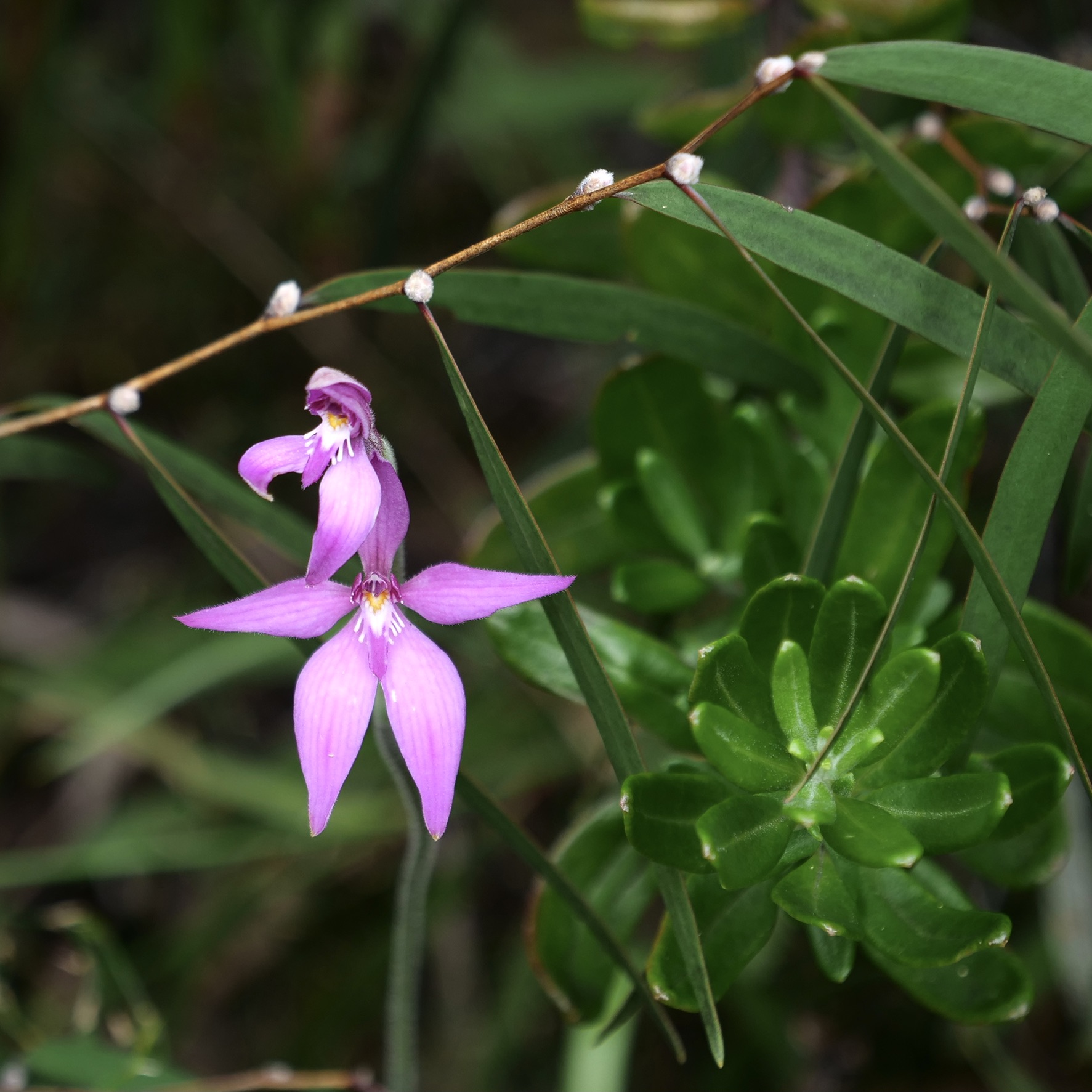
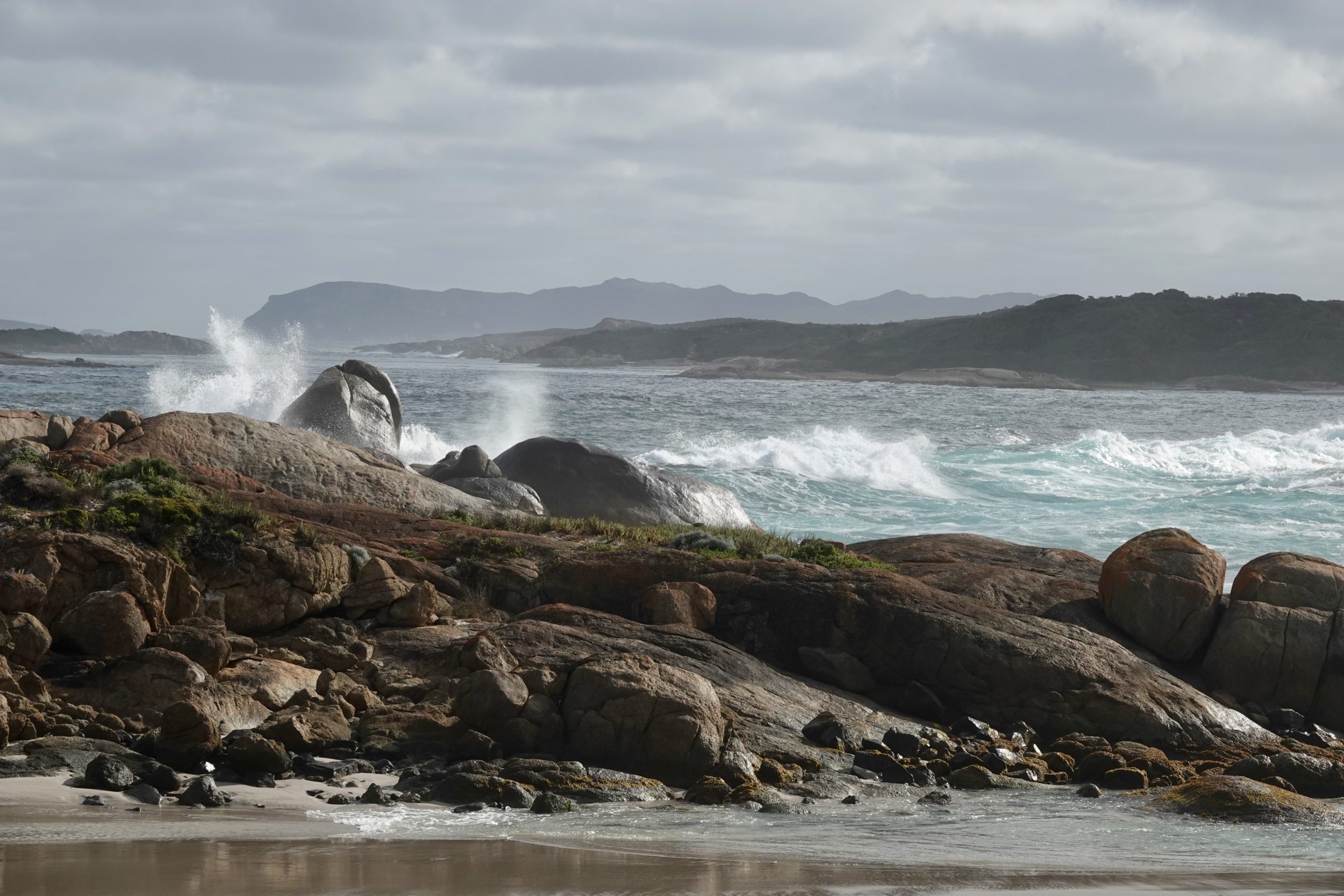
Subscribe